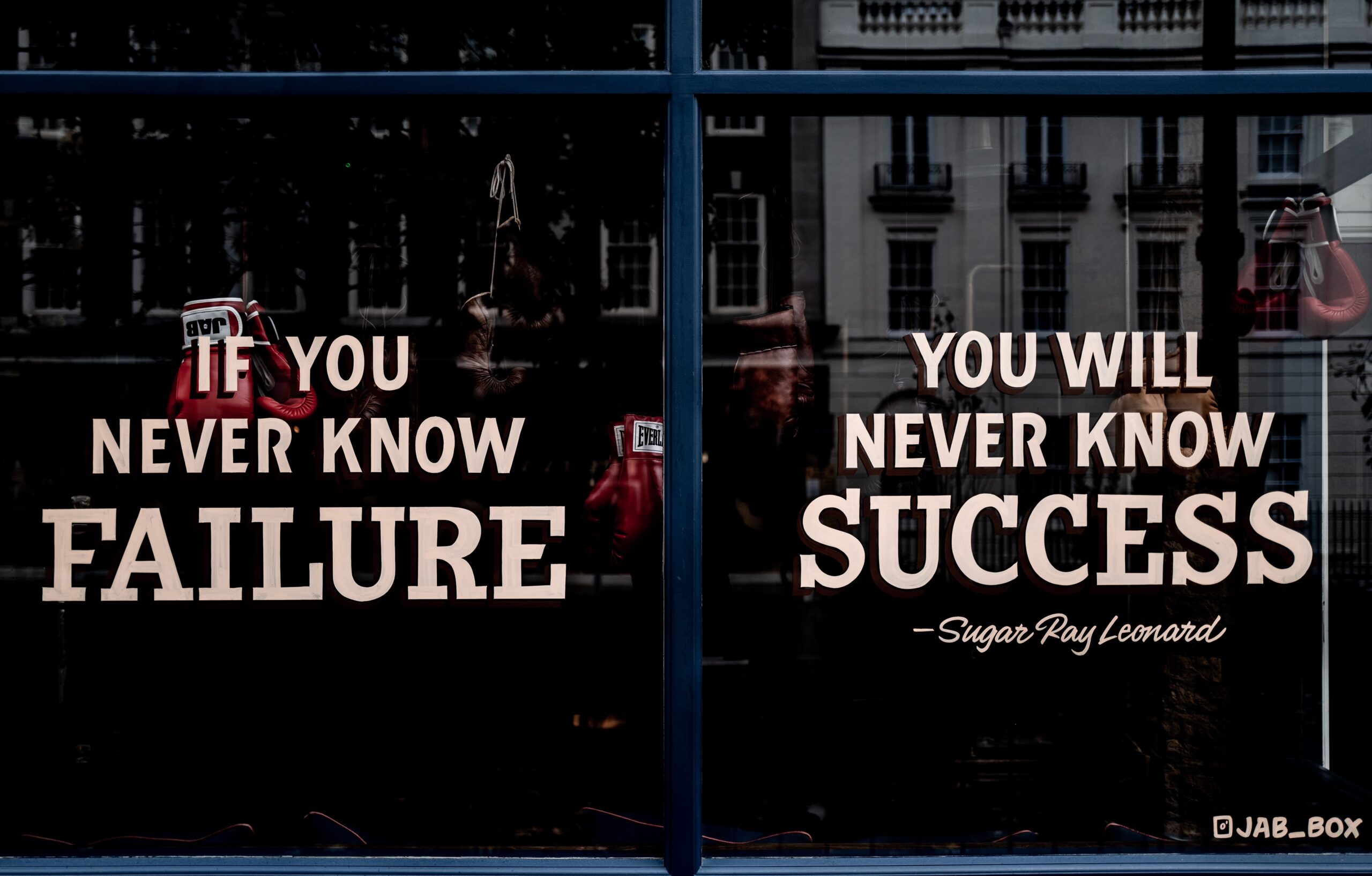There is no “easy answer” or “one-size-fits-all” solution for B2B sales. Of course, there are great fits, strategies that deliver consistent results when used correctly—but that’s not what we’re here to discuss today.
Despite the complexity of sales, a few overeager writers have told tales of techniques that eliminate the arduous prospecting, research, and empathetic communication that leads up to a connection. Many people believe that by using the Hero Story—a template for convincing customers that your solution is the best on the market by placing them in a narrative you control—they can skip the intro work and quickly land a demo.
Marketing professionals are drawn to the Hero Story because it is grounded in empathy and sets up a problem-solution dialogue in a way that even a young child could understand. However, as the title of today’s blog suggests, the simplicity of this narrative is both its greatest strength and its greatest weakness.
Today, we’ll look at the Hero Story—what it is, how to use it effectively, and why it should be viewed as a tool rather than a single solution. All of this and more is on the way.
What Is The Hero Story?
At least two characters appear in a Hero Story: the client and your brand. In this story, a problem (usually industry-specific) is established, and a daring guide (you) leads the client to a solution (your product). The client then uses your product to overcome the challenge, resulting in increased profitability and less friction in their organisation.
Of course, you and your product are the heroes in this story because you end the suffering. Similarly, the customer becomes a hero by returning this treasure to the organization’s decision-makers. Even if your solution enables the prospect to succeed, you must learn early in your sales career that you are less important than the client.
In other words, you are Merlin, not Excalibur. As a guide, you lead the client to the solution so that they can claim the benefits. Everyone lives happily ever after in this neat little package!
While this is a useful model for a specific type of persuasive pitch, it is based on a few key assumptions that reduce the strategy’s overall effectiveness.
How Assumptions Can Drag You Down
The Hero Story can put you into an awkward position when you incorrectly assume aspects of the prospect’s situation.
Consider how quickly a plot hole can bring down your enjoyment of a film—now imagine someone on the other end of the phone insisting that their version of the story makes more sense—not an ideal conversation to be having.
When you incorrectly assume aspects of the prospect’s situation, the Hero Story can put you in an awkward position.
Consider how quickly a plot hole can detract from your enjoyment of a film; now imagine someone on the other end of the phone insisting that their version of the story makes more sense—not a pleasant conversation.
By incorrectly prospecting or researching your clients (i.e., not allowing them to write their own story), you risk speaking over the actual pain points and lowering your credibility.
The Hero Story can still be a good framework; you just need to make sure that two questions are anticipated and answered before you begin spinning the tale.
Crafting A Better Story
You’re spinning a fairy tale about yourself rather than your client’s ideal state if you don’t answer basic questions about how your product fits into the client’s work structure.
As an effective B2B sales prospector, you must first answer the following two questions:
1) Who are the best buyers for my product?
This could refer to company titles, specific niche industries, or dissatisfaction with current tools.
2) What problems can my solution solve that others cannot?
This is known as “differentiation,” and it is a key component of creating a compelling pitch.
You’ll be much better prepared to cast your prospect as a hero if you keep these two questions in mind. As you go, listen, refine, and articulate your value. Look for the moment when the customer recognises the hilt in the stone for what it is: a magical sword capable of bringing them closer to their goals than anything else before.
Marketing Cognitive has been articulating the value of B2B tools and training SDRs, team leads, and marketing departments to communicate value effectively using trusted methods since its inception. None are one-size-fits-all, and each necessitates as much listening and empathy as it does a thorough understanding of your product.
For better communication, sales strategizing, and content that converts, [contact the Marketing Cognitive].


